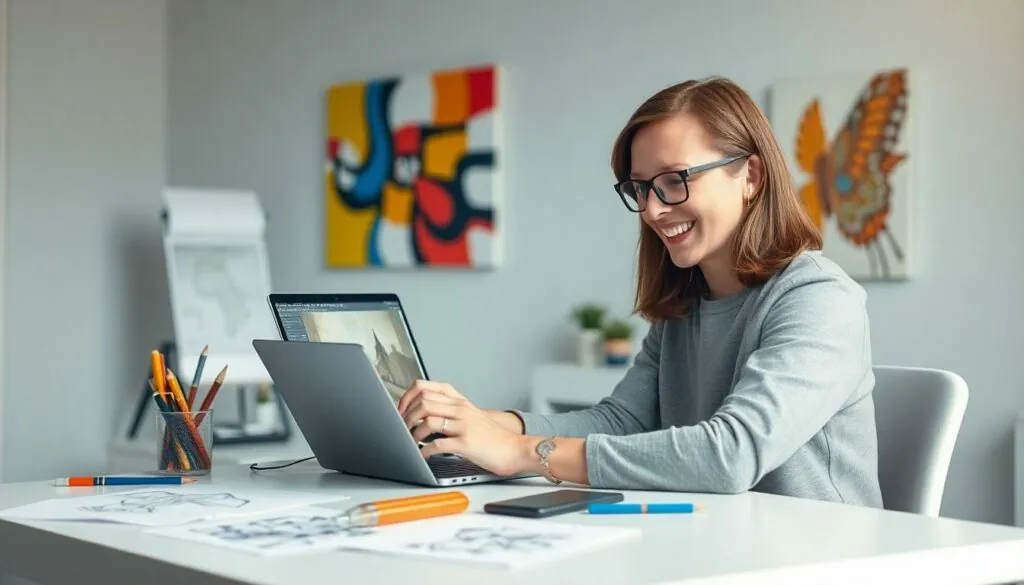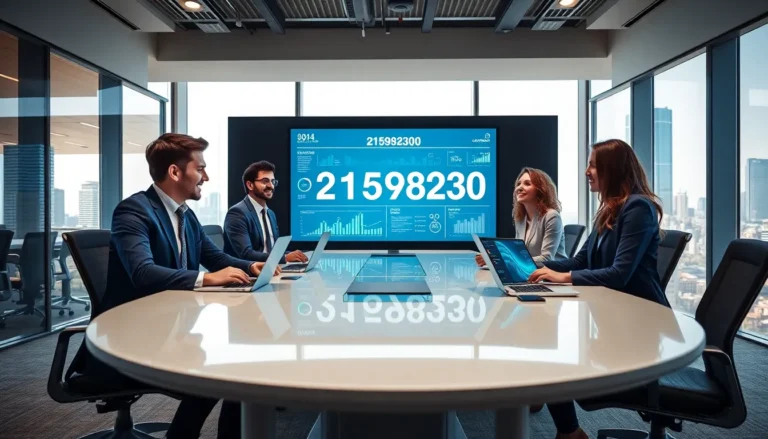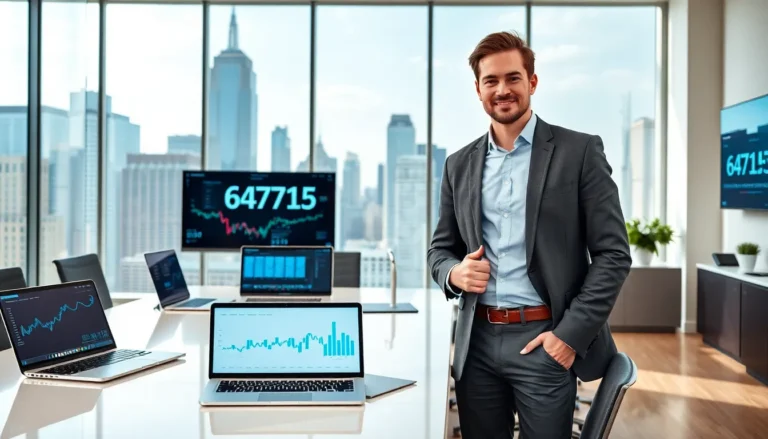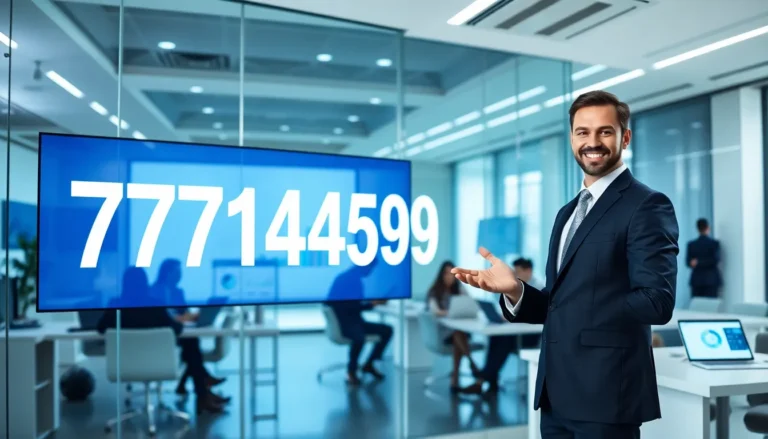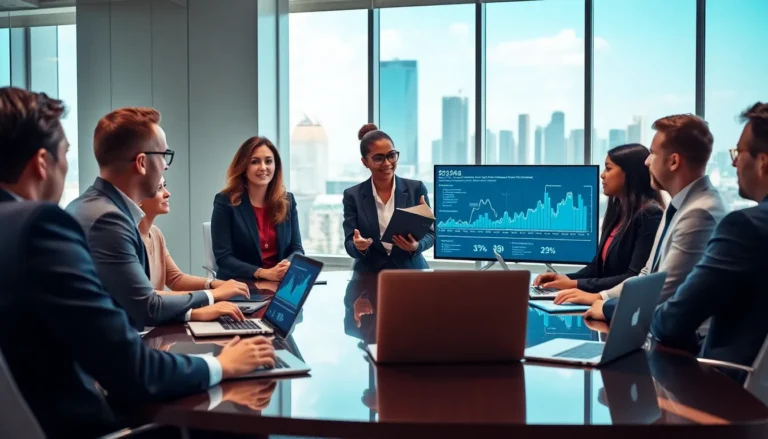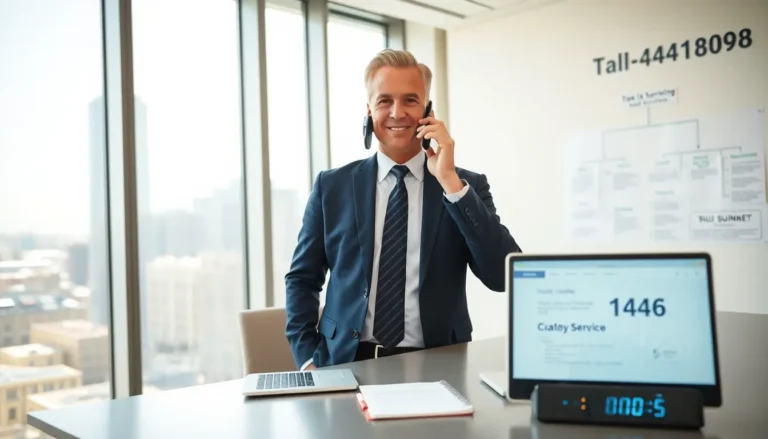Table of Contents
ToggleImagine having a conversation with your favorite AI, and instead of just words, it magically transforms your ideas into stunning images. Sounds like a dream, right? Well, buckle up because making ChatGPT draw images is not only possible but also a whole lot of fun.
Overview of ChatGPT and Image Generation
ChatGPT serves as a powerful language model designed for generating text. This technology, developed by OpenAI, engages users in conversation, producing human-like responses. Image generation through ChatGPT involves leveraging its capabilities alongside specialized tools or platforms that facilitate visual output.
Users often request specific images by providing prompts. The collaboration between ChatGPT and these visual tools transforms textual descriptions into visual representations. Prompts can include detailed imagery or abstract concepts, allowing for various artistic interpretations.
Exploration of different styles or subjects occurs based on user input. The versatility of ChatGPT contributes to creative experimentation, as users can adjust their prompts to generate diverse results. For instance, they might input “a sunset over a mountain range” or “a futuristic cityscape at night” to see distinct image outputs.
Accessing image generation tools typically occurs through user-friendly platforms. Integration with ChatGPT enhances the creative process, streamlining the conversion of text to image. Users can expect to visualize their ideas quickly and efficiently.
This synergy highlights the potential for artistic expression within the realm of artificial intelligence. As technology advances, the collaboration between language models and image generation tools opens up exciting avenues for creativity. The aim revolves around making art more accessible while pushing the boundaries of imagination.
Understanding Text-to-Image Technology
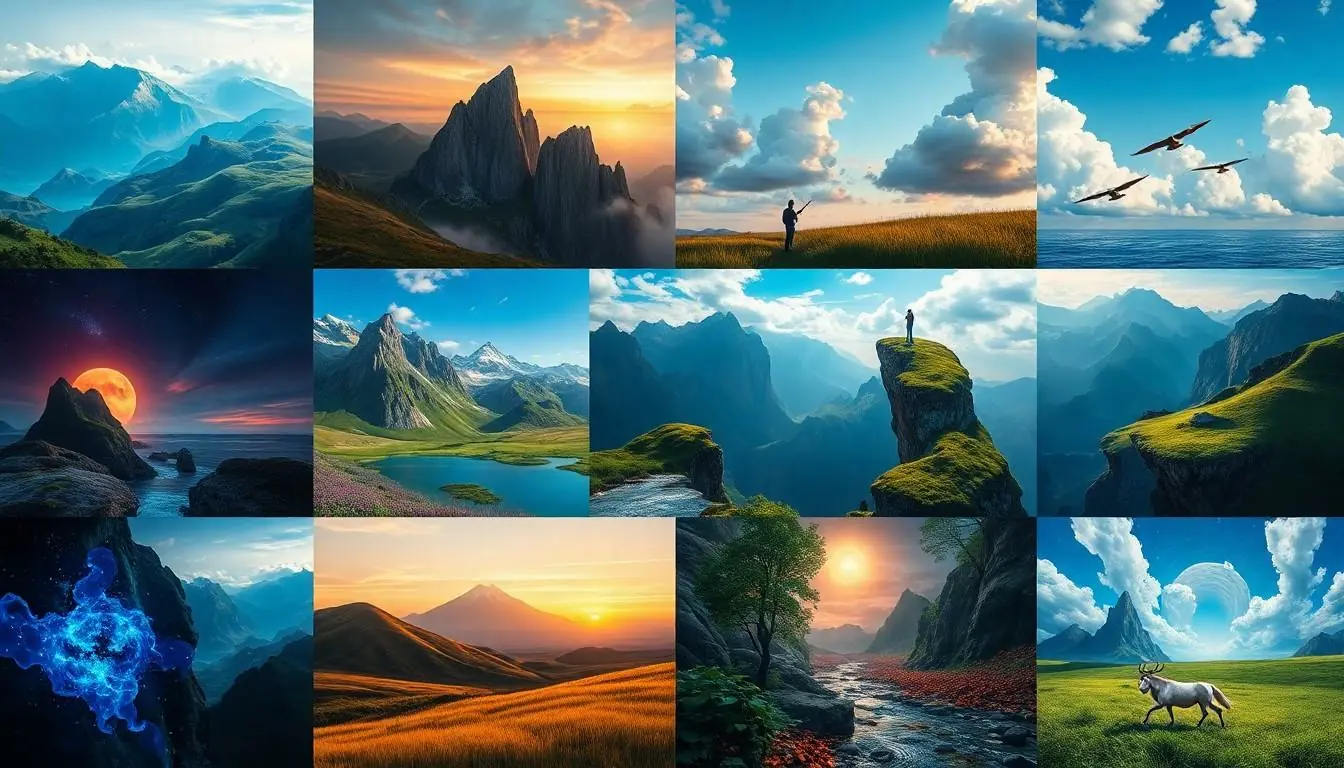
Text-to-image technology merges language and visual artistry, enabling the creation of images based on textual descriptions. Users can provide simple prompts or detailed narratives to guide the AI.
Key Concepts in AI Art Generation
AI art generation relies on several key concepts, including neural networks, algorithms, and training data. Neural networks simulate human brain functions, allowing the system to recognize patterns. Algorithms process input data, transforming descriptions into visual representations. Training data consists of diverse images and their corresponding texts, which instruct the model on creating new visuals. Variability in training data influences the artistic style, subject matter, and output quality. Consistent experimentation with input descriptions enhances the potential for unique artistic expressions.
Tools and Platforms for Image Creation
Numerous tools and platforms exist for image creation, each offering unique functionalities. DALL-E from OpenAI excels in generating original artwork from complex prompts. Midjourney provides an intuitive interface for real-time image generation. Stable Diffusion promotes high-quality images with a focus on flexibility. Users can explore these platforms based on their specific artistic needs. Ease of use and accessibility make these tools suitable for both beginners and experienced artists alike. Integration with ChatGPT further streamlines the creative process, enabling users to produce visually compelling content efficiently.
Step-by-Step Guide on How to Make ChatGPT Draw Images
Interacting with ChatGPT to create images can be an enjoyable process. Follow these steps to get started.
Setting Up Your Environment
Start by choosing a platform that integrates ChatGPT with image generation tools. Platforms like DALL-E, Midjourney, or Stable Diffusion serve this purpose effectively. Ensure the chosen platform is user-friendly and offers a straightforward sign-up process. After setting up the account, familiarize yourself with the interface. Understanding the layout and functionalities enhances the creative experience. Look for tutorials or guides on the platform to optimize your workflow.
Crafting Effective Prompts
Create specific prompts to direct ChatGPT effectively. Begin by detailing the desired image elements clearly. Include colors, styles, and themes to guide the AI. Use descriptive language to evoke vivid imagery. Experiment with abstract concepts to see how ChatGPT interprets different ideas. Mixing various artistic influences in your prompts can lead to unique results. Testing different phrasing helps refine the output further. Adjusting the level of detail and clarity often results in improved visual renderings.
Tips for Enhancing Image Quality
Enhancing the quality of images generated by ChatGPT involves several techniques. These methods focus on utilizing feedback and exploring different styles.
Experimenting with Styles and Formats
Variety in artistic styles and formats can significantly improve image output. Users should explore multiple artistic techniques like realism, abstraction, or impressionism. Different tools offer unique features that allow for style adjustments. Experimenting with formats such as digital painting or sketching leads to diverse visual results. Users can request images in specific color palettes or moods for added depth. Implementing these variations encourages creative exploration and contributes to richer artistic expressions. Artists often find that minor changes in prompts yield vastly different images.
Refining Outputs with Feedback
Feedback plays a crucial role in improving image quality. Users should analyze generated images, noting strengths and weaknesses. Providing specific feedback on elements like composition, color balance, and detail can enhance future outputs. Iterative refinement of prompts based on previous results produces more accurate images. Engaging in continuous feedback loops fosters a collaborative relationship with the AI. Crafting clearer prompts based on lessons learned allows for better alignment with artistic goals. Observing trends in successful outputs also informs subsequent image requests.
Common Challenges and Solutions
Users often face difficulties when attempting to make ChatGPT generate images. Understanding the limitations of text-to-image technology is essential. Image outputs may not always match expectations due to the variability in the underlying algorithms. Such discrepancies can arise from vague or overly complex prompts.
One common challenge involves crafting precise prompts. Users must provide clear and detailed instructions to achieve desired visual outcomes. It helps to break down concepts into smaller elements, such as specifying style, color, and subject matter. Specificity increases the likelihood of obtaining a satisfactory result.
Another issue relates to the quality of generated images. Sometimes, art styles can differ dramatically based on the AI model used. Users should explore various platforms that integrate with ChatGPT, as tools like DALL-E, Midjourney, and Stable Diffusion each produce unique results. Testing different modes increases chances of finding an optimal match for artistic vision.
Unpredictable outputs can frustrate users as well. Experimenting with alternative phrasing can refine future results. Adding context or adjusting the language typically enhances image quality by clarifying user intentions.
Utilizing feedback is crucial in overcoming hurdles. Analyzing past images provides insight into effective prompt strategies. Continuous engagement with the generated content fosters a relationship with the AI, improving future requests.
Lastly, users may encounter technical issues on certain platforms. Familiarizing themselves with the interface and available functionalities can minimize complications. Tutorials and community forums often serve as valuable resources for tips and tricks while navigating tools.
Harnessing the power of ChatGPT for image generation opens up a world of creative possibilities. By combining engaging prompts with user-friendly platforms, anyone can transform their ideas into stunning visuals. The process encourages experimentation and exploration, allowing users to refine their artistic vision and enhance the quality of generated images.
As users navigate the nuances of crafting effective prompts and providing constructive feedback, they’ll find themselves developing a collaborative relationship with the AI. This journey not only fosters creativity but also makes art more accessible for everyone. Embracing this innovative technology can lead to unique artistic expressions that push the boundaries of imagination and creativity.
